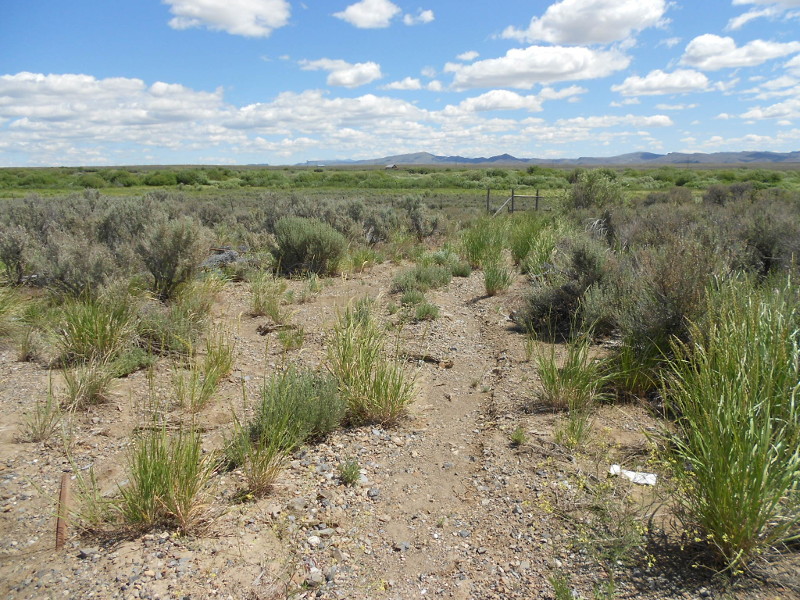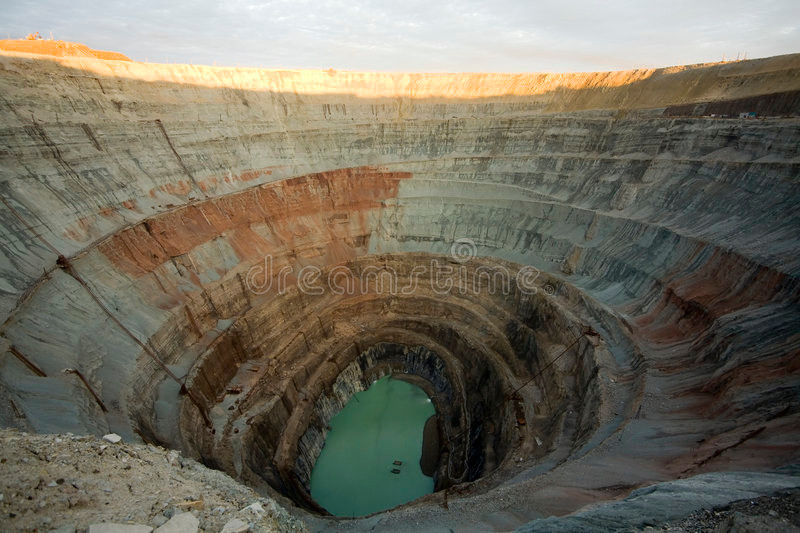-
Natural ecosystems are complex and highly variable at multiple size scales. Because of the difficulties of accurately summarizing complexity and variability in an index number, regulators often require a reference area for comparison with a proposed or reclaimed project area. Agreement on a suitable reference area may be a requirement prior to permitting or bond-release decisions for mining and logging operations. It is common for selection of an acceptable reference area to take a long time.
-
Reference Areas
Categories: Estimated reading time: 2 minutes
Natural ecosystems are complex and highly variable at multiple size scales. Because of the difficulties of accurately summarizing complexity and variability in an index number, regulators often require a reference area for comparison with a proposed or reclaimed project area. Agreement on a suitable reference area may be a requirement prior to permitting or bond-release decisions for mining and logging operations. It is common for selection of an acceptable reference area to take a long time. -
Environmental regulations should be based on technically sound and legally defensible data analyses that are interpreted using the best available science. This tutorial compares mathematical deterministic process models with stochastic statistical models to answer regulatory decision-making questions. The models used to support environmental regulations under conditions of uncertainty have not kept pace with our increased understanding of ecosystems and their responses to human industrial activities, nor to advances in statistics that fit the unique attributes of environmental data.
-
Responding to appeals
Categories: There are organizations and individuals whose business is objecting to natural resource projects, particularly those of the extractive industries. Administrative appeals and legal challenges have the goal of delaying or stopping projects. Effectively refuting their claims saves proponents, consultants, and attorneys time and money. A common tactic used by project opponents is to claim that “we think|believe|feel…” the proposed project will have significant negative impacts. Supporting data or objective substantiation of this claim are not required for acceptance by the regulator or court. -
Many natural resource industry projects have experienced frustration when opponents file administrative or legal objections based on speculation that environmental degradation will result if the permit is issued, and the proponent is asked by regulators to prove the claims are unfounded. While no one can prove a negative, we can demonstrate that claimed damage scenarios are highly unlikely. Refutation of objector claims uses data collected for baseline studies or monitoring of permit compliance in advanced statistical and spatial models.
-
There are many animal species whose population numbers bring them to the attention of resource agencies and others; e.g., Greater sage-grouse, Oregon spotted frog, Lahontan cutthroat trout. Some of these species are listed under the ESA, others are not; in both cases accurate estimates of population size and limiting factors are critical for informed policy and management decisions. Correctly measuring population size and the factors affecting it is not always obvious because of the data formats and mathematical formulation of the statistical models.
-
Standards for Non-Potable Water Quality
Categories: Estimated reading time: 2 minutes
Chemical standards are appropriate for human drinking water sources, but generally not for non-potable waters supporting fish and wildlife. This is because water chemistry is highly variable, measurements are isolated in time and space, and point measures are difficult to interpret as suitable for fish and wildlife. Biological-based standards of water quality are more appropriate because the presence of aquatic organisms reflect water quality integrated over time and space. Biological water quality measures have been of interest to environmental scientists and regulators for about 40 years. -
Staying ahead of climate change
Categories: Estimated reading time: 2 minutes
Understanding that complying with all your environmental permit conditions shows regulators that you comply with environmental statutes does not protect you from challenges and litigation is a necessary foundation for sustaining your operations. Permit compliance conditions are minimal and do not reflect the effects of the changing climate on your operations and the environments in which it set. This blog post addresses storm water discharge; NEPA, ESA, TSCA and others have the same needs but a broader scope. -
Sustainable Development Metrics
Categories: Estimated reading time: 3 minutes
How to measure sustainability comes up frequently in conversations among mining professionals. Questions asked include what protocol or algorithm should be used, and what measures should to be included. A lot of serious thought has been given this subject by experienced and insightful environmental managers. Yet there is still discomfort that the lists of measures or the procedure to be used may not be “correct.” Sport analogies may help you understand a solution process in which you can have full confidence. -
The Fate of Biological Data: Too Little Information
Categories: Estimated reading time: 3 minutes
It is widely accepted that raw data need to be converted to information (commonly by statistical analyses) and the results interpreted to form knowledge before informed decisions can be made. With biological data this process is not followed as frequently as it should. Modern spatial analyses and statistical models can provide valuable and useful information that is otherwise lost. Biological data are counts, presence/absence, proportions, and frequencies. They are not continuous variables with a true zero so the familiar parametric statistics cannot be used.




